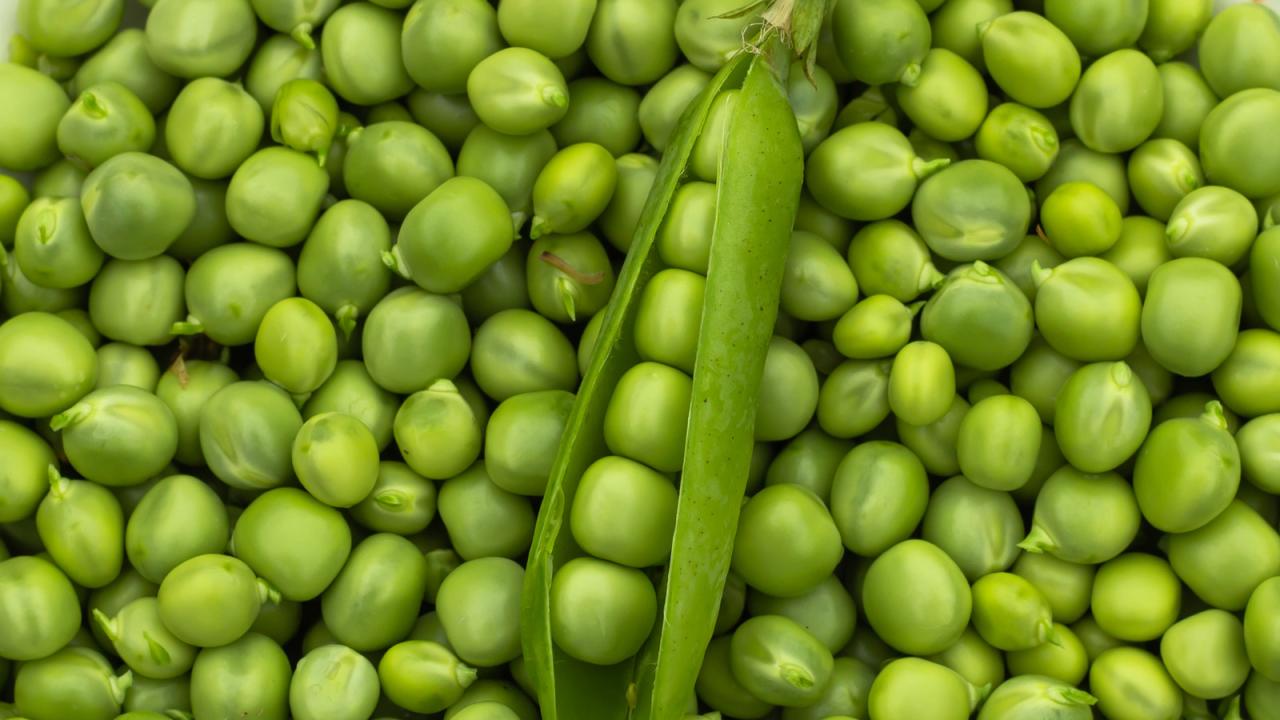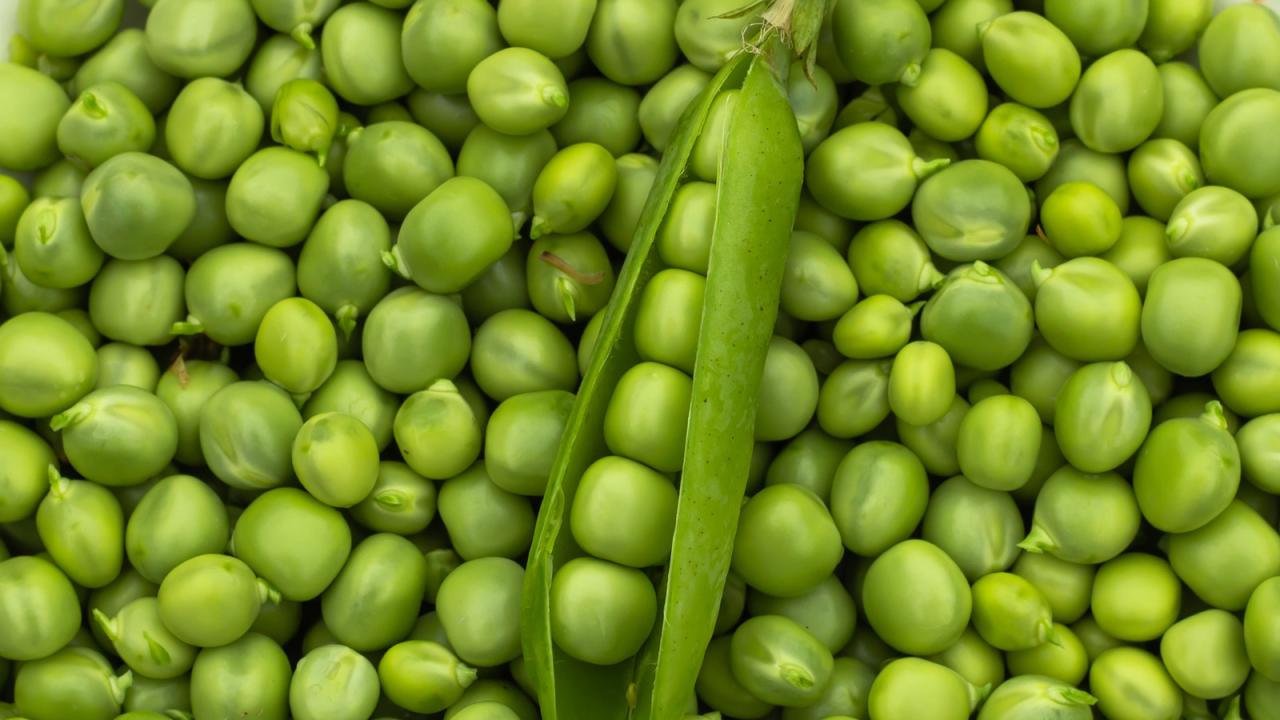
A couple of June-blooming peas (Fabaceae) you might not notice are Birdsfoot Trefoil (Lotus corniculatus) and Alfalfa (Medicago sativa).
Birdsfoot Trefoil, a native of Eurasia, is a low-growing “weedy” thing, rarely found in suburbs but quite abundant along rural roadsides and in fields. It was along a roadside in rural Ohio where I first pulled over and had a closer look at one of the mats of bright yellow which had recently become rather ubiquitous. Ubiquitous is a good word for it too; besides being so abundant in its range, its range is large; it includes a large hunk of the northwestern corner of the U.S. and most of the eastern half of Canada and the U.S.
Birdsfoot Trefoil is a creeper with clover-like leaves and the usual pea flower. Sometimes the entire plant might bush up to 2′, but usually it’s cropped close to the ground. The flowers get to about ½” wide, but as the plant often grows in large mats, it can be very showy.
In the 1st century A.D., Greek physician Dioscorides wrote of Birdsfoot Trefoil, “(It) is a little herb, somewhat long, spreading upon the ground, having leaves indented; and this is also eaten as a potherb, being sod; having a thinne roote, binding, which being eaten is good for the coeliaci.”
It had many folk names in the British Isles, including Bastard-Indigo, Devil’s-Fingers, Witch’s Toenails and Our Lady’s-Fingers.
While there isn’t much to confuse Birdsfoot Trefoil with in the east, in the west it might easily be mistaken for Hill Lotus (L. humistratus) or even Deer Vetch (L. scoparius), though the latter is not a creeper.
I first noticed Alfalfa not for its pretty purple flowers, but for the multitude of butterflies – Cabbage Whites and a variety of skippers – fluttering about it, stopping to take nectar. It was growing along the roadside above the beach on Lake Michigan. Upon closer inspection, I immediately recognized it as a legume, but I had no idea what. I was embarrassed when I discovered this pretty new butterfly nectar plant to be something as pedestrian-seeming as Alfalfa.
It is thought to have originated near Iran, but a variety of forms and species can be found scattered over central Asia and into Siberia. Colonists first brought it to North America in the 18th century.
While some butterflies evidently love it, and most folks would probably consider it another damn annoying weed, Alfalfa is a highly regarded forage crop. In fact, it has been called the “Queen of Forages”, and its value as such dates back to (at least) 490 B.C. in Rome.




